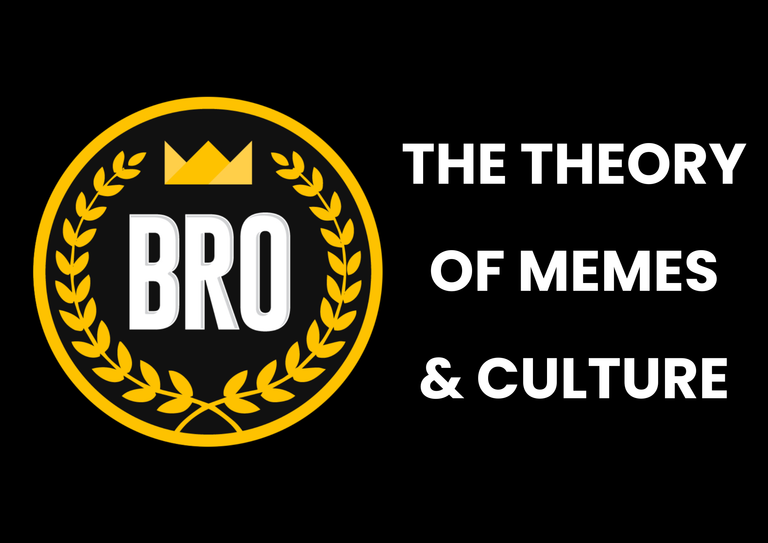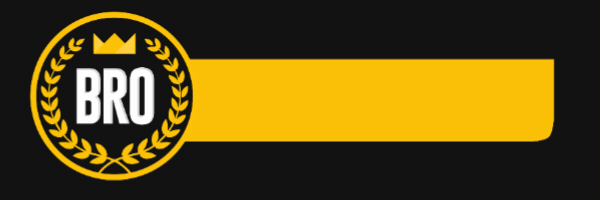
I went on to read about the theory of memes because I did not think memes only related to the pictures and funny faces flying around. Truely, there is a theory by Richard Dawkins on the mutation of social genetics which are termed memes. His theory says that people are likely to pick up habits - social and cultural - emulate them, replicate them and then these habits mutate into something else. Memes are what they are called. They are socio-cultural genes that can transform and spread just like that in the body through inheritance.
Looking at the world today, we can only say this is true. It takes one person seeing what you are doing for it to escalate. Like children. They are very famous for picking up habits especially from their parents. This is why parents are advised to keep it PG with the kids but not all adhere to that, do they? See, the fun side of the meme culture is that it doesn’t just happen. You see, as adults, we tend to think over something before we take it as a word. Now, when it comes to the meme culture - which is the socio-cultural habits passed down from one person to the other, that now which has formed the rules and laws of the society we live in - although the memes can be learned, people have the ability to alter.
The genes of the body are within while memes deal with the environment. Memes are different from state to state, city to city and country wise too. What we see as normal behaviour here is different in Turkey or South Korea. The socio-cultural norms can be stricter in one place than the other. It is because memes have been passed down and altered to fit descriptions given from one person to the other. People would naturally work with what benefits them. If that is the case, memes can be moulded to suit a human’s desires.
Because I like to cuss, I might justify my lack of filter to unsuspecting people who look up to me. Some might take this and work with it, picking up a habit that is not necessarily good. Others might reject it and attribute that habit to my person. That is how memes work.
In conclusion, the picking up of social and cultural habits are termed memes and daily, we see more of it.

Spanish
Seguí leyendo sobre la teoría de los memes porque no pensaba que los memes sólo tuvieran que ver con las imágenes y las caras graciosas que vuelan por ahí. En realidad, existe una teoría de Richard Dawkins sobre la mutación de la genética social que se denomina memes. Su teoría dice que es probable que las personas adopten hábitos -sociales y culturales-, los emulen, los reproduzcan y luego esos hábitos muten en otra cosa. Así se llaman los memes. Son genes socioculturales que pueden transformarse y propagarse igual que en el cuerpo a través de la herencia.
Mirando el mundo de hoy, sólo podemos decir que esto es cierto. Basta con que una persona vea lo que estás haciendo para que vaya a más. Como los niños. Son muy famosos por adquirir hábitos, sobre todo de sus padres. Por eso se aconseja a los padres que mantengan el PG con sus hijos, pero no todos lo cumplen, ¿verdad? Lo divertido de la cultura de los memes es que no surgen de la nada. Como adultos, tendemos a pensar en algo antes de tomarlo como una palabra. Ahora bien, cuando se trata de la cultura meme - que son los hábitos socioculturales transmitidos de una persona a otra, lo que ahora ha formado las normas y leyes de la sociedad en la que vivimos -, aunque los memes pueden aprenderse, las personas tienen la capacidad de alterarlos.
Los genes del cuerpo están en el interior, mientras que los memes tienen que ver con el entorno. Los memes varían de un estado a otro, de una ciudad a otra y de un país a otro. Lo que aquí vemos como comportamiento normal es diferente en Turquía o Corea del Sur. Las normas socioculturales pueden ser más estrictas en un lugar que en otro. Esto se debe a que los memes se han transmitido y alterado para ajustarse a las descripciones dadas de una persona a otra. Lo natural es que la gente trabaje con lo que le beneficia. Si ese es el caso, los memes pueden moldearse para adaptarse a los deseos de un ser humano.
Como me gusta maldecir, podría justificar mi falta de filtro ante personas desprevenidas que me admiran. Puede que algunos lo acepten y trabajen con ello, adquiriendo un hábito que no es necesariamente bueno. Otros podrían rechazarlo y atribuir ese hábito a mi persona. Así funcionan los memes.
En conclusión, la adopción de hábitos sociales y culturales se denomina memes y cada día vemos más.

Delegate to @brofi for daily BRO pay outs or delegate to @legionsupport to get daily LGN payouts at 12% APR. Check out the website at brofi.io.

Posted Using InLeo Alpha